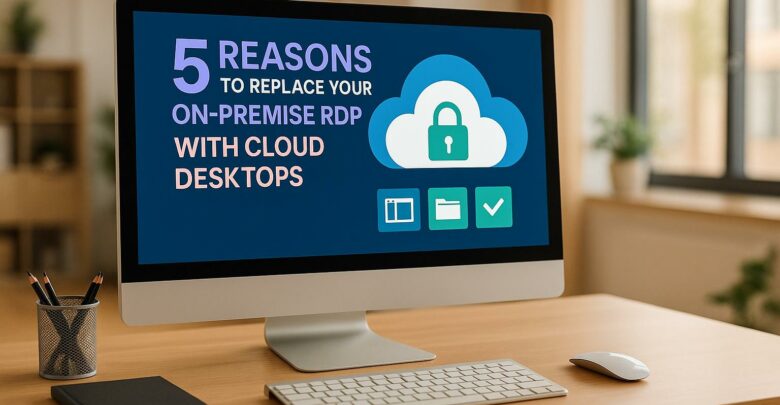
Switching from on-premise RDP to cloud desktops enhances security, reduces costs, and simplifies IT management for modern businesses.
Explore Windows 10/11 virtual desktops
Real-World Applications of flexidesktop

The modern workforce demands flexibility, and Desktop as a Service (DaaS) delivers exactly that. DaaS allows your team to securely access their desktops from anywhere, using any device, without expensive hardware or complex onsite IT infrastructure. By hosting your desktops in the cloud, DaaS allows you to scale resources as your business expands, reduce operational costs, and bolster data security.
Whether supporting a hybrid workforce or seeking a more streamlined IT solution, DaaS provides the agility, scalability, and security your business requires to stay competitive. Continue reading to discover how DaaS can transform your operations and propel your business forward.
Desktop as a Service (DaaS) is a cloud-based solution that provides virtual desktops to users online. These virtual environments, including operating systems and applications, are hosted on infrastructure managed by a cloud provider. This setup lets users access their desktops from various devices, such as PCs, laptops, and tablets. It offers a flexible and secure way to work remotely. By minimizing the need for physical hardware, DaaS simplifies IT management, making it an ideal choice for businesses with remote teams or those needing scalable access to their applications and data.
DaaS hosts virtual desktops on cloud servers managed by a third-party provider. These desktops are streamed to end-user devices through a secure internet connection, accessible via a web browser or a dedicated application. The provider manages the underlying infrastructure, which includes ensuring security, performing updates, conducting data backups, and handling routine maintenance. Meanwhile, businesses can focus on customizing desktop images and managing applications.
This model facilitates easy access to desktop environments from any device and enhances performance by evenly distributing workloads across multiple servers. With DaaS, businesses can easily scale their resources to match demand, gaining flexibility and efficiency without the burden of managing physical infrastructure.
Desktop as a Service (DaaS) solutions are available in two primary forms: persistent and nonpersistent desktops, each catering to specific operational needs.
A persistent desktop maintains all user settings and customizations across sessions, providing a consistent environment each time a user logs in. This type is particularly beneficial for professionals like developers or IT specialists who require tailored configurations and tools. While offering a more personalized experience, persistent desktops incur higher costs due to increased storage and maintenance demands.
In contrast, a nonpersistent desktop reverts to its original settings after each use, ensuring a clean slate with each session. This model is cost-effective and well-suited for users who need access to shared applications and data but do not require personalized settings. It simplifies management and reduces storage costs.
Understanding the differences between Virtual Desktop Infrastructure (VDI) and Desktop as a Service (DaaS) is crucial for businesses considering virtual desktop options. VDI is typically hosted on-premises and managed directly by an organization’s IT department. This approach requires significant upfront investment in hardware and ongoing maintenance, giving businesses complete control over their desktop environments but at a higher management cost.
Conversely, DaaS is powered by cloud infrastructure and managed by a third-party provider. This model eliminates the need for extensive in-house hardware and allows for greater operational flexibility. DaaS is offered on a subscription basis, enabling businesses to scale their resources up or down easily, making it a more flexible and cost-effective solution than VDI.
The fundamental difference between a traditional desktop and a Desktop as a Service (DaaS) lies in their setup and accessibility. Traditional desktops depend on physical hardware, such as a CPU and monitor, which restrict user access to a specific location. This setup limits flexibility and mobility, tethering users to their office desks.
In contrast, DaaS provides a cloud-based virtual desktop that users can access from any device with an internet connection. This model offers significantly greater flexibility and ease of use. By moving to DaaS, businesses can reduce hardware costs, enhance security measures, and support a remote workforce, ensuring employees have full access to their workspaces, regardless of their physical location.
To learn more about traditional desktops and virtual desktops, check out our detailed blog post on “PC vs VDI Cost Comparison“
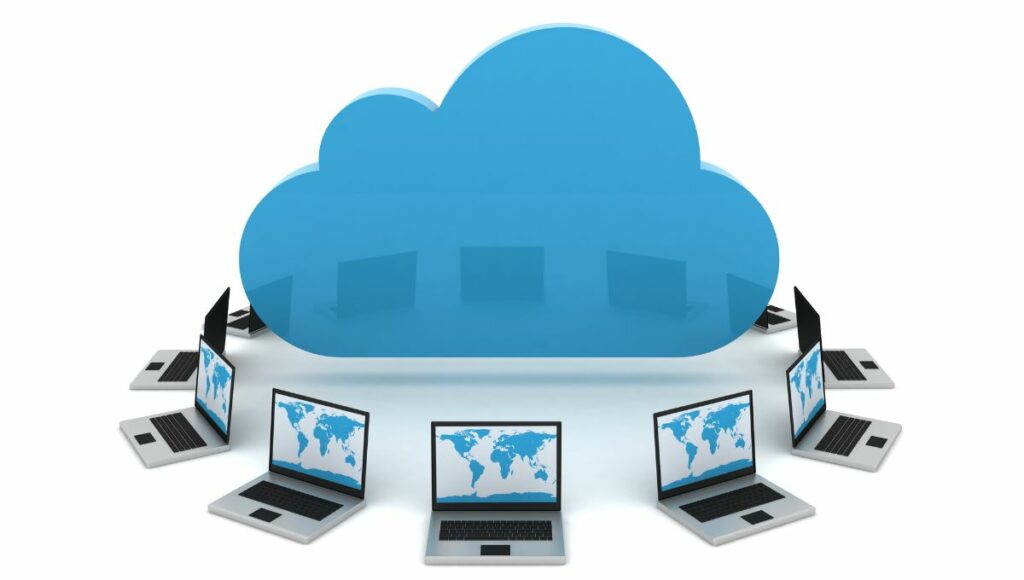
DaaS offers many advantages for businesses, enhancing everything from security to scalability. These benefits make it an ideal solution for evolving IT infrastructure needs. Here are some key benefits:
DaaS centralizes data storage in secure cloud environments, where providers handle updates, patches, and threat management. This approach protects sensitive data, significantly reducing the risk of breaches, even if devices are lost or stolen.
DaaS helps organizations cut upfront costs by eliminating the need for hardware purchases and ongoing maintenance. Its subscription model also supports predictable budgeting, simplifying financial management.
DaaS optimizes IT operations by transferring infrastructure maintenance to service providers. It allows internal teams to focus on strategic initiatives rather than routine upkeep. This shift can significantly boost productivity.
DaaS solutions include strong disaster recovery features that enable quick service restoration during disruptions. This capability protects critical data and maintains uninterrupted business operations.
DaaS allows businesses to adapt their solutions swiftly based on workforce changes, facilitating easy scaling without extensive infrastructure modifications. This adaptability is invaluable in dynamic business environments.
DaaS supports flexible work models by allowing employees to use their personal devices to access secure virtual desktops. This approach reduces the need for company-issued hardware while ensuring corporate data security.
With DaaS, users can access their desktop environments from any device, including PCs, tablets, or smartphones. This feature provides consistent access and enhances productivity, regardless of location.
DaaS can be seamlessly integrated into existing IT frameworks, allowing businesses to utilize their current systems and tools while benefiting from the scalability and flexibility of cloud solutions.

Despite the many benefits Desktop as a Service (DaaS) offers, there are several drawbacks that businesses should consider before adoption. These disadvantages include:
DaaS typically requires businesses to purchase operating system (OS) licenses per user, which can lead to increased costs over time. These recurring fees can accumulate for larger organizations, necessitating careful financial planning and cost management.
DaaS depends heavily on a stable internet connection. This reliance can lead to latency issues or even downtime in areas with poor network performance, potentially disrupting productivity and user experience. Businesses in regions with unreliable internet service need to consider these risks seriously.
Using cloud-based services like DaaS introduces data privacy risks, particularly for companies handling sensitive information. Although DaaS providers generally implement strong security measures, businesses must ensure compliance with privacy regulations and maintain strong data protection strategies to prevent unauthorized access or data breaches.
Desktop as a Service (DaaS) transforms organizations’ operations by providing flexible, scalable, and cost-effective desktop solutions. Its versatility makes it a valuable asset for various sectors, enhancing productivity and operational efficiency. Here are several key real-world applications of DaaS:
DaaS provides SMBs with access to advanced IT infrastructure without hefty upfront investments. These businesses can quickly deploy resources using virtual desktops, enabling efficient work from anywhere. This level of flexibility is crucial for SMBs to remain competitive against larger corporations.
For remote and distributed teams, DaaS offers secure access to desktop environments from any location. It ensures that employees can remain productive whether working from home or on the move, maintaining easy access to necessary applications and data security.
In industries requiring specialized software, such as healthcare, architecture, or CAD, DaaS provides secure and reliable access to essential applications. It supports high-performance tasks and adheres to strict industry regulations, which makes it ideal for managing sensitive or intensive workloads.
DaaS is particularly useful for businesses that employ temporary or seasonal workers. It allows for the rapid scaling of desktop environments to meet fluctuating demands, avoiding the cost of additional hardware and enabling efficient resource management during peak periods.
During mergers and acquisitions, DaaS facilitates the smooth integration of IT systems by offering a centralized cloud-based platform. This capability allows teams to quickly access the desktops and applications they need, ensuring a smooth transition and reducing delays associated with traditional hardware setups.

Selecting the right DaaS provider is critical and requires careful consideration of various factors to ensure that the service aligns with your business needs and supports long-term growth. Here are important criteria to evaluate:
Begin by identifying your business’s specific requirements, such as the number of users, the types of applications needed, and security demands. Choose a provider that aligns with your business goals and offers scalability and flexibility to accommodate future changes and growth.
Examine the features and performance metrics offered by potential DaaS providers. Key aspects to consider include scalability, customization options, and security measures. Ensure that the provider guarantees high uptime and quick response times to support your daily operations effectively.
Analyze the pricing structures of various DaaS offerings. Understand all associated costs, including subscription fees and potential additional features or support charges. Opt for a provider that offers flexible pricing plans that can scale with your business needs, ensuring cost-effectiveness both now and in the future.
Assess the level of customer support each DaaS provider offers. It is crucial to have access to 24/7 support, whether via phone, chat, or email. Dependable customer service is vital for quickly resolving issues, minimizing downtime, and maintaining operational continuity.
Ensure the DaaS solution perfectly integrates with your IT infrastructure, applications, and tools. Compatibility is essential for a smooth transition to cloud services and for avoiding disruptions to your business processes and workflows.
Desktop as a Service (DaaS) is rapidly becoming the preferred solution for businesses that prioritize flexibility, scalability, and cost-efficiency. Industry forecasts suggest that nearly 80% of virtual desktops will be delivered through DaaS by 2024, a significant increase from just over 30% in 2021. This trend reflects substantial growth in adoption and emphasizes the expanding global market size, forecast, and trend of DaaS solutions.
As companies increasingly embrace remote work, DaaS stands out as a key enabler of efficient, innovative, and simplified operations. It allows businesses to provide secure remote access to resources while minimizing IT overhead and rapidly scaling to meet changing demands. DaaS is not just a tool for today—it’s an investment in a more agile and supple future.
DaaS centralizes data in secure cloud environments, reducing the risk of data breaches, especially if devices are lost or stolen. Service providers manage regular updates, patches, and backups, enhancing security across all virtual desktops.
Industries that handle sensitive data or require high-performance applications, such as healthcare, finance, architecture, and education, find DaaS particularly beneficial due to its security, scalability, and cost-effectiveness.
A Virtual Machine (VM) is an isolated instance of an operating system running on a physical server. On the other hand, DaaS provides managed virtual desktops from the cloud, including comprehensive infrastructure management and scalability.
No. While SaaS delivers specific software applications over the internet, DaaS offers a complete virtual desktop experience, providing users with a full operating system and applications managed in the cloud.
DaaS’s growing popularity is due to its flexibility, cost savings, ease of scaling, and support for remote work, which reduces reliance on expensive physical hardware and extensive infrastructure management.
No. Data as a Service (DaaS) focuses on providing access to data stored in the cloud, while Desktop as a Service offers virtual desktop environments. Both services utilize cloud technology but cater to different needs.

Switching from on-premise RDP to cloud desktops enhances security, reduces costs, and simplifies IT management for modern businesses.
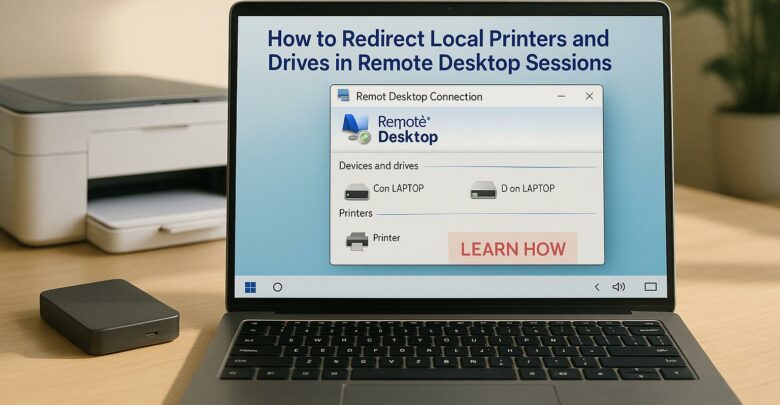
Learn how to effectively redirect local printers and drives during Remote Desktop sessions for enhanced productivity and seamless remote work.
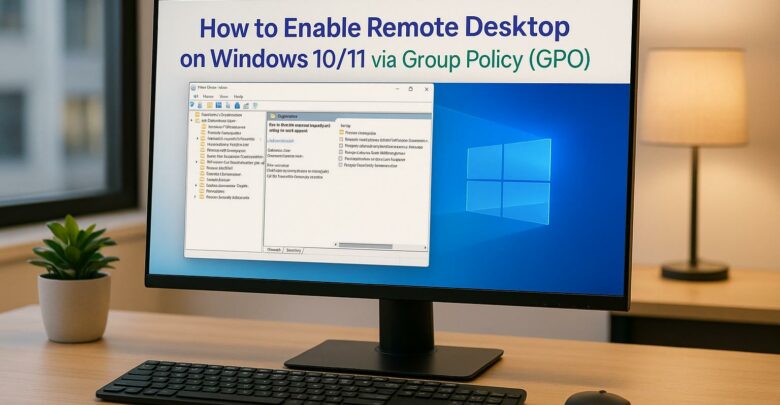
Learn how to centrally enable Remote Desktop on Windows 10/11 using Group Policy for efficient management and enhanced security.
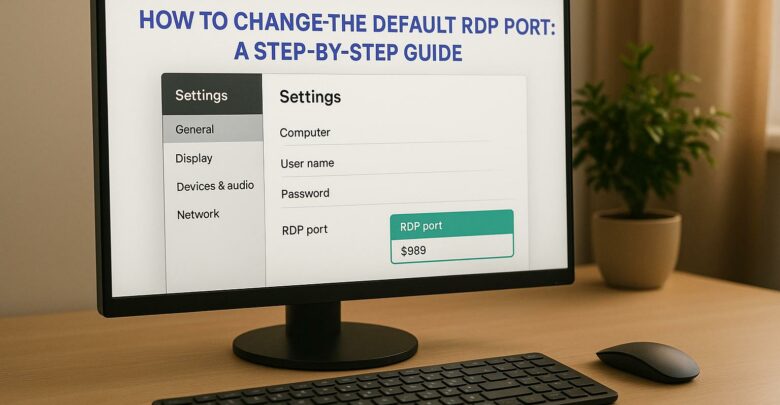
Learn how to change the default RDP port to enhance security and reduce exposure to attacks. Understand the limitations and necessary precautions.
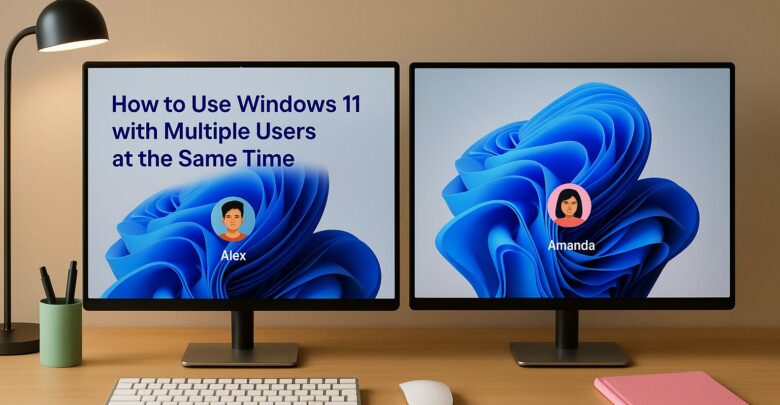
Learn how to enable multiple user sessions on a single device using a managed solution that simulates a Windows 11 experience.

Explore how GPU-accelerated virtual desktops are revolutionizing architecture firms by enhancing collaboration, reducing costs, and improving rendering efficiency.
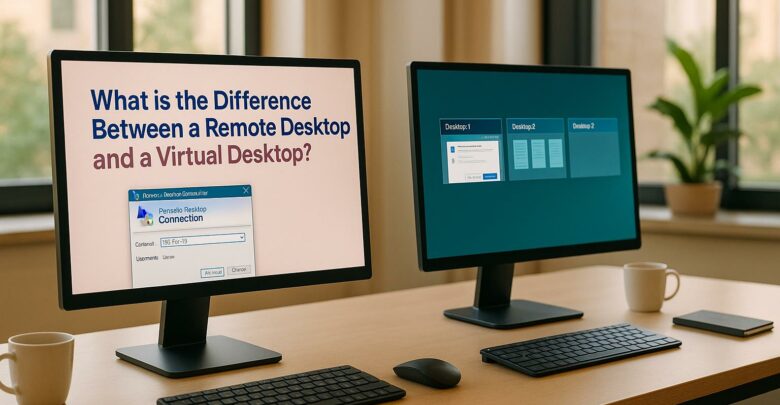
Explore the differences between remote desktops and virtual desktops, their pros and cons, and which solution best suits your business needs.
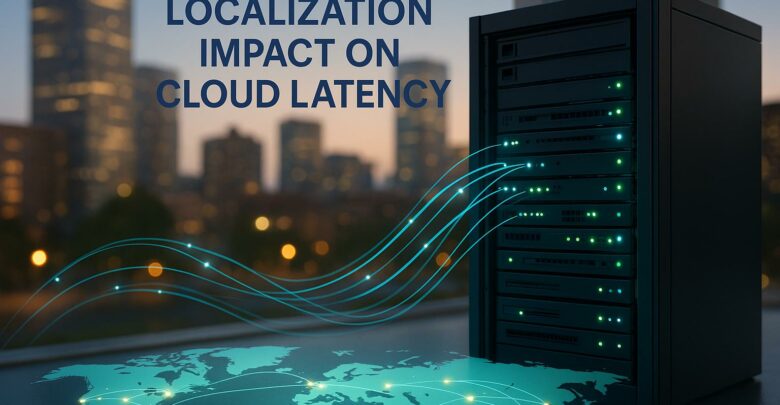
Learn how cloud latency is affected by data center location, compliance laws, and infrastructure, and discover strategies to enhance performance.
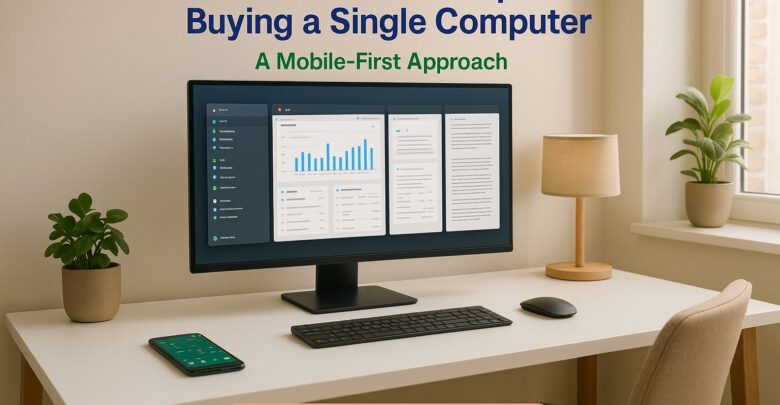
Launch your startup without hefty hardware costs using virtual desktops for flexibility, scalability, and enhanced security.
